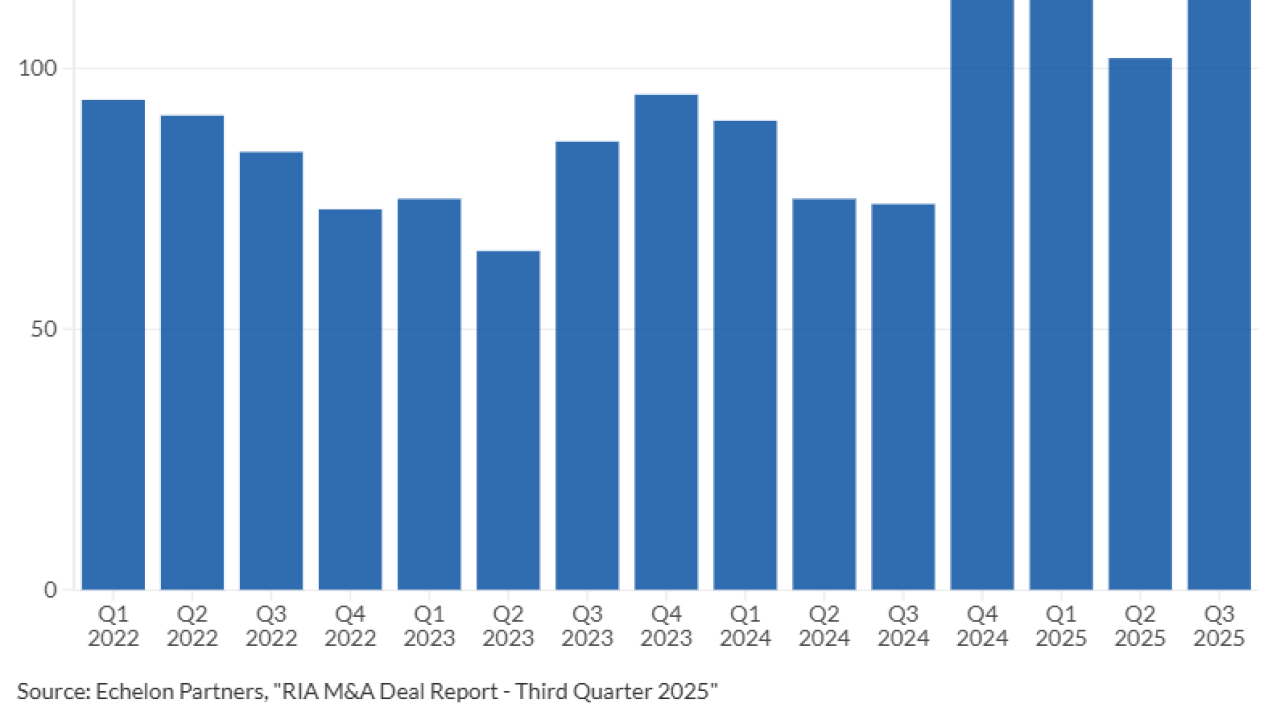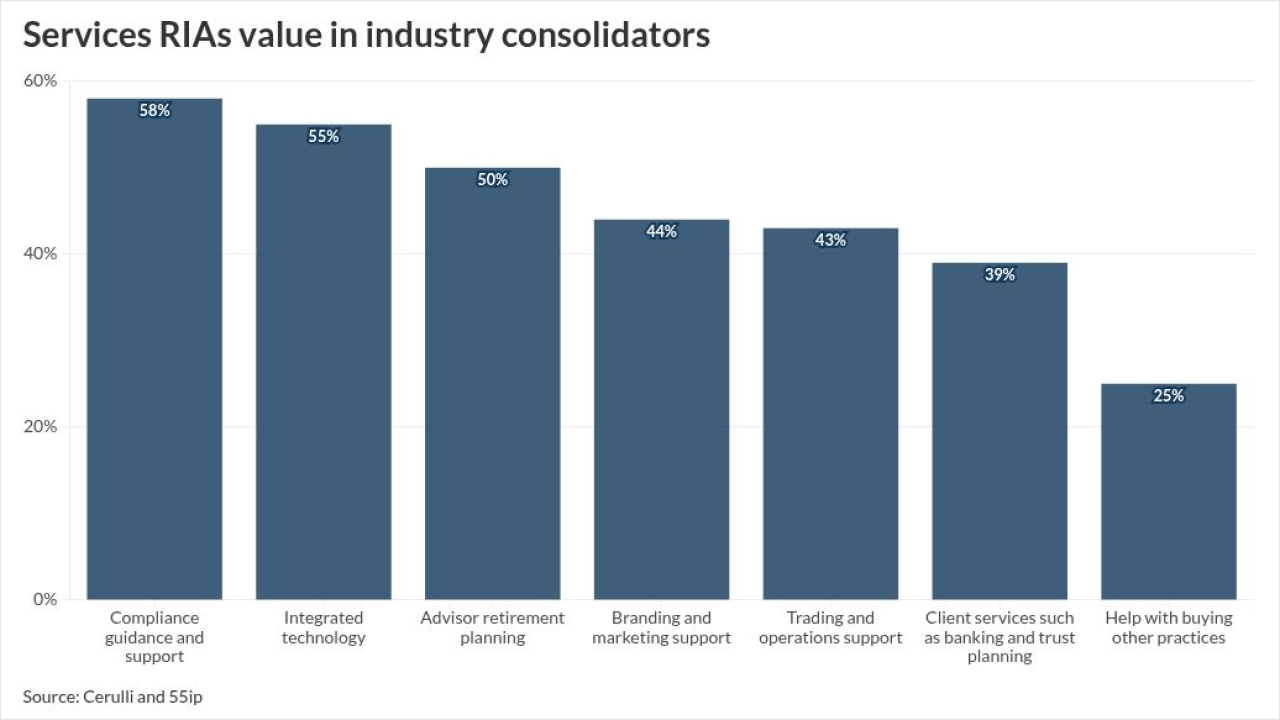Want unlimited access to top ideas and insights?
Q: In light of this unbelievable market disruption, how do we provide valuations on some nontraded or illiquid investments?
A: When significant market disruptions have occurred in the past, there has been increased focus on pricing and valuation issues, especially with less-liquid assets.
Certain nonmarketable or illiquid securities may have valuation that are “as of” certain dates, and you may have no option but to use those dates. Nevertheless, you should follow your valuation policies and procedures.
Keep in mind, however, that if a change in methodology is necessary, given broader market considerations, you should make sure to document the rationale for the change.
“Fair value” is generally defined as the price that would be received in the sale of an asset or paid to transfer a liability in an orderly transaction between market participants under current market conditions. The Financial Accounting Standard Board’s Accounting Standards Codification 820-10 provides guidance regarding appropriate valuation methodologies for fair valuing assets. ASC 820-10 recommends the three levels of factors that should be considered in descending order of importance:
Level 1: Quoted prices available in active markets for identical assets;
Level 2: Other observable factors, including, but not limited to, quoted prices for similar assets in markets that are active; quoted prices for identical or similar assets in markets that are not active; and factors other than quoted prices that are observable for the assets; and
Level 3: Unobservable factors.
No matter which valuation method is used, the fair value of an asset should be the price at which it could be acquired or sold in a current transaction between willing parties in which the parties each acted knowledgeably, prudently and without compulsion. Fair value should not be based on what can be obtained from an immediate fire sale disposition, nor on what a buyer might pay at some later time or under more favorable circumstances. As always, you should discuss these issues with professional financial, tax or legal advisors.
On a final note, consider including market volatility disclosures to explain changes that have occurred. Though you might be hard-pressed to find a client who isn’t aware of the current market volatility, you will still find some are “shocked” their investments have declined in value.







